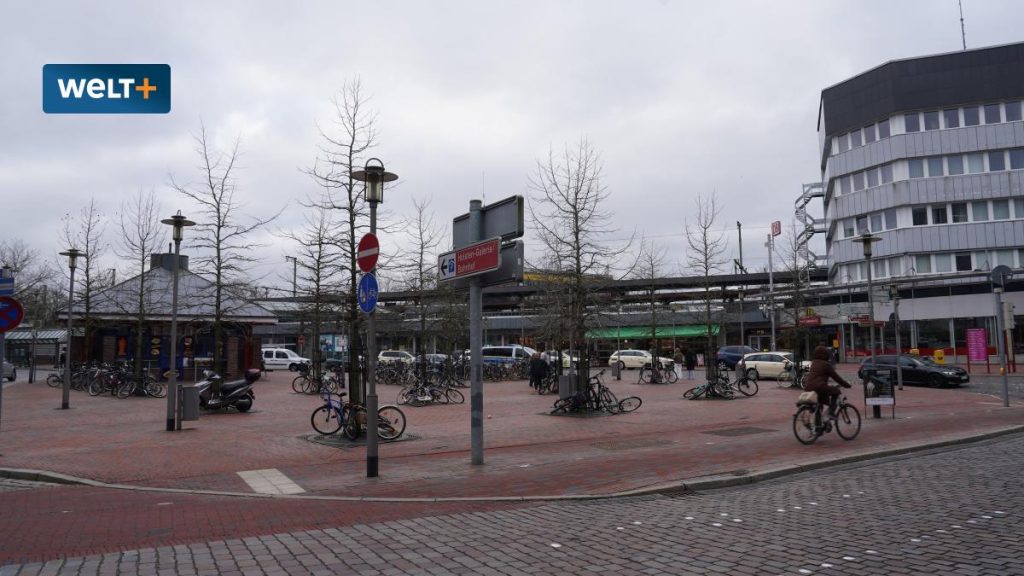Many German cities are often considered ugly due to their unique architectural styles and layouts. One of the reasons for this is the destruction caused by World War II, which led to many cities being rebuilt in a haphazard manner. This has resulted in a lack of coherence and harmony in the overall aesthetic of these cities, leaving them with an unattractive appearance.
Another factor contributing to the ugliness of German cities is the prevalence of concrete and steel structures, which can give them a cold and uninviting feel. This is especially evident in cities such as Berlin and Frankfurt, where modernist architecture dominates the landscape. The use of these materials can create a stark contrast with the historic buildings and cobblestone streets, further adding to the disjointed and unappealing look of these cities.
In addition to the architectural styles, the layout of many German cities can also be a contributing factor to their perceived ugliness. The lack of urban planning and zoning regulations has resulted in a mix of old and new buildings, leading to a chaotic and disorganized appearance. Streets that are narrow and winding, with no clear sense of direction, can make navigation difficult and add to the overall unappealing nature of these cities.
Furthermore, the neglect of green spaces and public parks in many German cities has also contributed to their unattractive appearance. The lack of vegetation and open spaces can make these cities feel cramped and claustrophobic, especially in densely populated areas. This can be a stark contrast to cities in other countries that prioritize green spaces and urban forestry, creating a more inviting and aesthetically pleasing environment.
Despite their perceived ugliness, German cities also have their own unique charm and character that can be appreciated by those who look beyond their aesthetics. The rich history and cultural heritage of these cities can be seen in the preserved historic buildings and landmarks, which offer a glimpse into Germany’s past. Additionally, the vibrant arts and cultural scene in cities like Berlin and Munich can provide a unique and enriching experience for visitors and residents alike.
In conclusion, while German cities may be considered ugly by some due to their unique architectural styles, layouts, and lack of green spaces, they also offer a rich cultural experience that can be appreciated by those who take the time to explore them. By embracing the history and character of these cities, visitors and residents can discover the beauty and charm that lies beneath their surface. Ultimately, the ugliness of German cities may be subjective, but their cultural significance and historical value cannot be denied.


